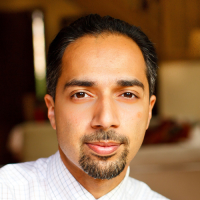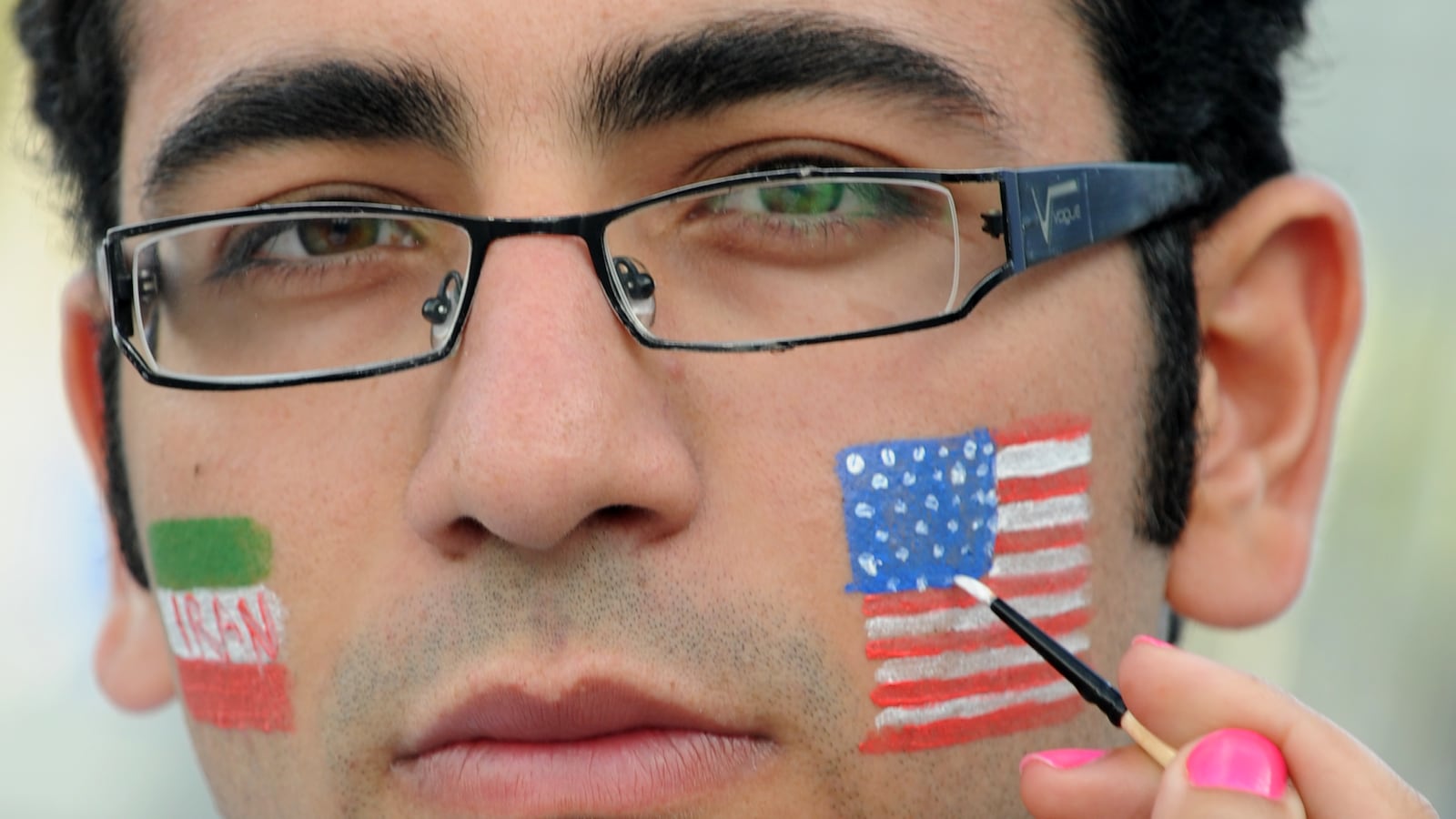Iranian Americans have many lessons to learn from Jewish Americans—most of them are about commitment and priorities.
In some aspects, the two communities could not be any more different. Jews have more than 2,000 years of experience living as minorities while retaining their distinct identity and culture, but have had only had episodic control of their homeland since the time of the Babylonian conquest.

Iranians, on the other hand, never truly lost their territory since the time of Cyrus the Great. And in spite of the Arab Muslim conquest of Iran, Iranians converted but did not adopt the Arab language or identity —a feat achieved by no other converts to Islam at the time.
Furthermore, until the Iranain revolution of 1979, Iranians have rarely left their plateau. And when they have it has usually taken less than three generations for their connection to Iran (the culture, language and religion) to be lost. There are no surviving ancient pockets of Iranians outside of Iran's historic boundaries, other than the Zoroastrian communities of India. But post-1979, for the first time, there is a sizeable Iranian American diaspora.
The first generation of Iranian Americans focused on succeeding financially and providing their children with outstanding educational opportunities. That box is checked. And now, US Census data show that Iranian Americans are one of the wealthiest minority communities in the US when measured by income.
The next challenge is to succeed as a community. The second and third generation of Iranian Americans will face tests that determine whether they will survive as a community that retains a cultural identity, or whether they will slowly lose all tangible connections to their ancestral home and culture.
To succeed at this task, and survive and integrate as a minority, they need to learn from the best in the business—the Jewish Diaspora. And from the Jewish American community, lessons about political influence can also be learnt—which is something the Iranian American community craves and is in need of, especially because of the deteriorating situation in Iran and between Iran and the US.
With the risk of making some generalizations, I would present three key lessons Iranian Americans should learn from the Jewish American community.
1. Put your money where your mouth is
The strength of Jewish community life is directly related to the investment the Jewish community makes in its organizations and institutions. There are countless Jewish organizations and synagogues in the United States, all of which are funded mostly by Jewish money. The membership dues for synagogues are often hefty. Beyond money, countless hours are invested in the organizations, with board members often taking several days a year off from work to attend board meetings and conferences.
The level of Iranian American civic participation and investment in their organizations has grown significantly over the last ten years, but is still a far cry from its full potential. The number of Iranian American organizations—both local and national—is limited. Funding is meager. Even the time investment is sub-par.
This is not because Iranian Americans are financially weak. Indeed, the census data disproves that. Nor are Iranian Americans busier than other minorities.
This is a question of commitment and priority. There is more talking than walking in the Iranian American community. The community has not yet fully adjusted its priorities to the challenges of being a second-generation immigrant community, which differ from the challenges of the first generation. Jewish community life and the priorities of the Jewish community should constitute a source of inspiration and guidance for this adjustment.
2. Don't just preach democracy, practice it
Part of the reason for the lack of Iranian American community life is the absence of a democratic culture. While Iranian Americans maintain a strong belief in the superiority of democracy, democratic values have not fully been internalized. There is a lot of preaching about democracy, but very little conduct in accordance to democratic values.
The Iranian American media, for instance, tends to have a journalistic standard that is a mix between O’Reilly and Jerry Springer. In the absence of a sophisticated public discourse, Neo-McCarthyism rules the Iranian American ether with ad-hominem attacks, character assassinations, and guilt by association serving as the standard tactics for political discourse. Rather than building unity and cohesion, these tactics have furthered the polarization and divisions that characterize the community.
Here, again, Iranian Americans can learn a lot from the Jewish community, which while divided at times, has a normative democratic framework to manage and resolve inevitable conflicts. That framework is not perfect and its implementation is not always admirable, yet it facilitates conflict resolution and enables the system of large, complex community of organizations.
3. Influence comes to those who work hard to earn it
Iranian Americans are fascinated by and at times envious of the influence and power they ascribe to the Jewish American community. (Sometimes they can even cross the border into conspiracy land). Mostly they are perplexed by how the Jewish community has succeeded where Iranian Americans (so far) have not.
The answer is simple: Within the American democracy, the influence of a group directly correlates to the extent and intensity of its participation in all aspects of the political system—everything from engagement in the public debate to volunteering, voting and political fundraising, and to running for office. The system is geared towards rewarding intense participation and punishing self-marginilization and apathy.
The participation of the Jewish community is admirable. The participation of the Iranian American community is improving, but still leaves much to be desired. At the end of the day, it all comes down to commitment and prioritization. The good news for Iranian Americans they don’t need to invent the wheel.






